When does your brain enter old age?
New research that looked at the brains of professional StarCraft players indicates that if you’re older than 24, you’re likely already over the hill when it comes to cognitive-motor skills.
The study, performed by researchers at Simon Fraser University in British Columbia, measured the play of 3,000 players.
Why StarCraft 2? Because the game has a very high skill level, easily accessible replay files that provide data, and a broad user-base that spans the globe. And unlike other traditional games that have been used to measure the brain, like Go and chess, StarCraft 2 plays out in real-time, meaning there’s no time to stop and ponder important decisions.
“StarCraft 2 players must choose where to allocate their view-screen, which is important both for giving commands to one’s units, and also for assessing the current game state,” the study reads.
Because so much of the game requires rapid decision making, the researchers found that they could find patterns based on how long it took players to react to the changing state of the game.
And all signs pointed to age.
The results showed that the average “looking-down latency” (response time) increased after brains 24-years-old and up.
“A typical Bronze player at the age of 39, equal in all other respects to a 24 year-old adversary, can be expected to be around 150 milliseconds slower in their typical looking-doing latencies, costing about 30 seconds over a typical 15 minute Bronze game containing 200 looking-doing cycles.”
In layman’s terms? 24-year olds save 30 seconds worth of thinking time over the course of a 15 minute game when compared to somebody 15 years older.
What’s more, the study found that even experienced players at the very highest skill divisions had similarly slow response times. Older players, however, did find ways to compensate by creating strategies that required less thinking power, and by relying more on in-game aids.
“Older players seem better at using available interface features (customizable keys and the ‘mini-map’) than younger players.”
Future research will no doubt expand on and test the results from this stud. But one thing is clear: Esports is opening up new and exciting ways to study brain, thanks to its melding of intense cognitive competition, real-time responses, and troves of data.
H/T Motherboard



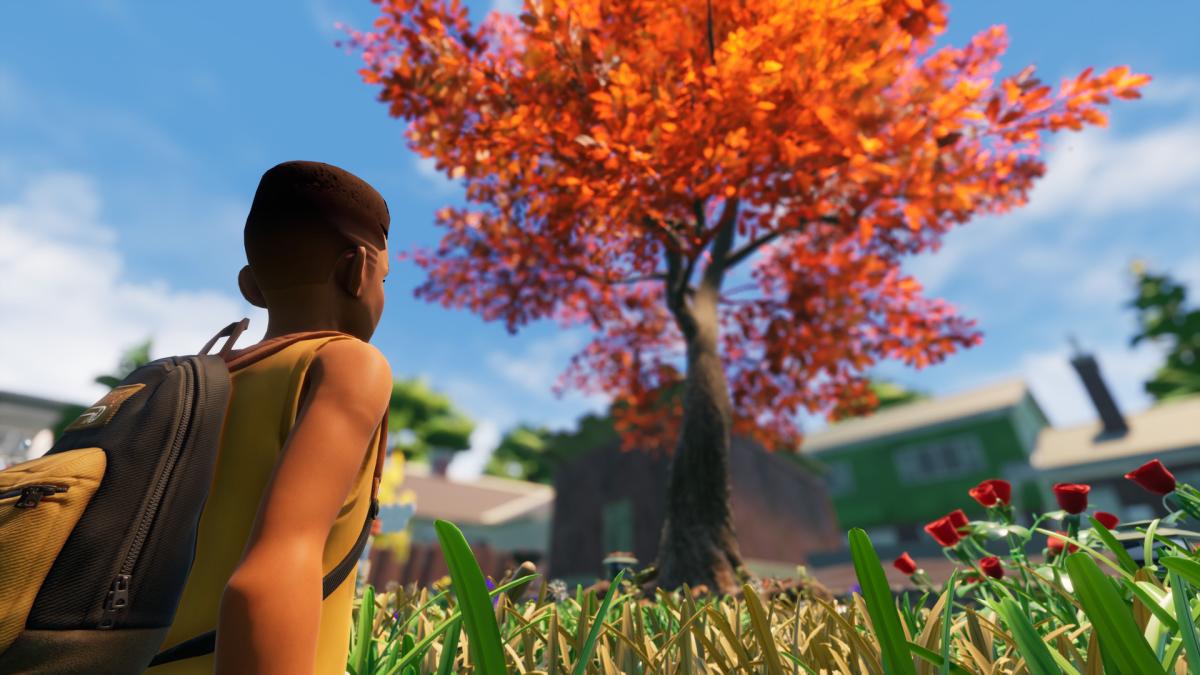
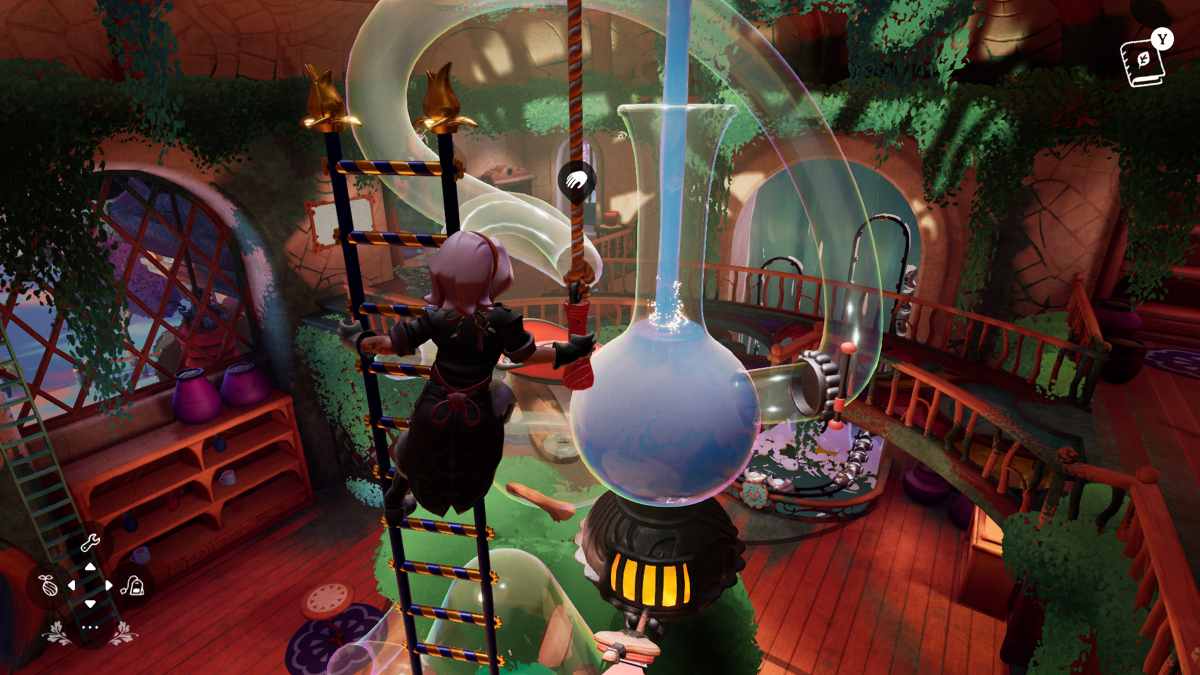

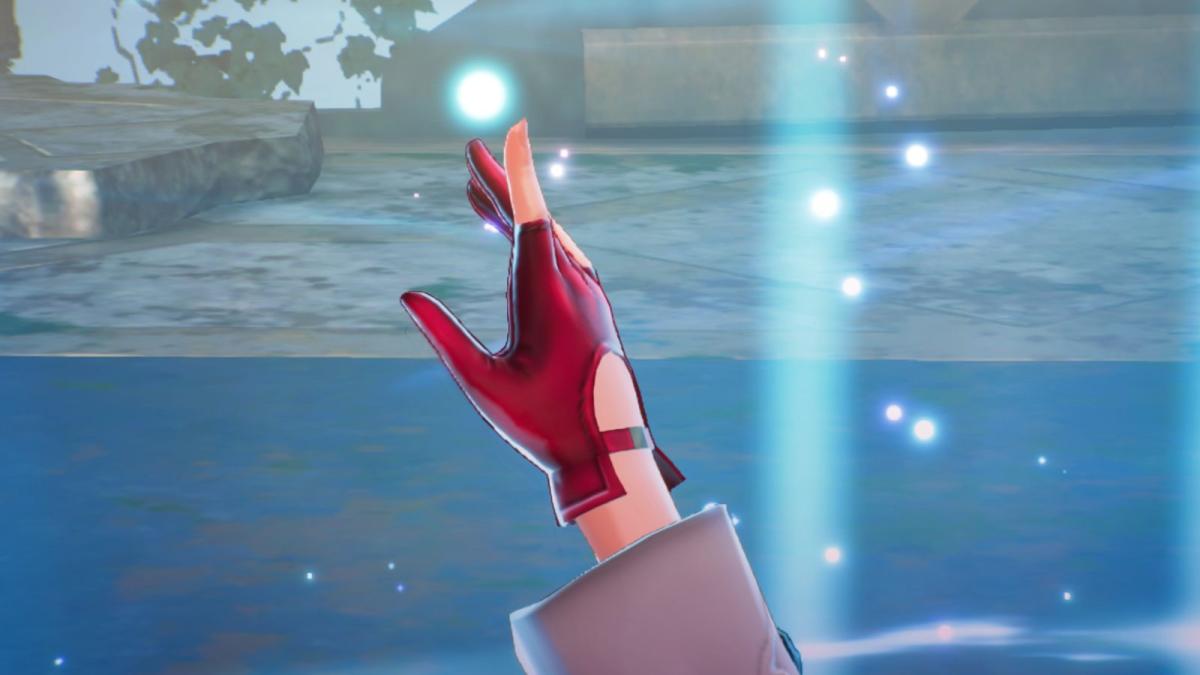
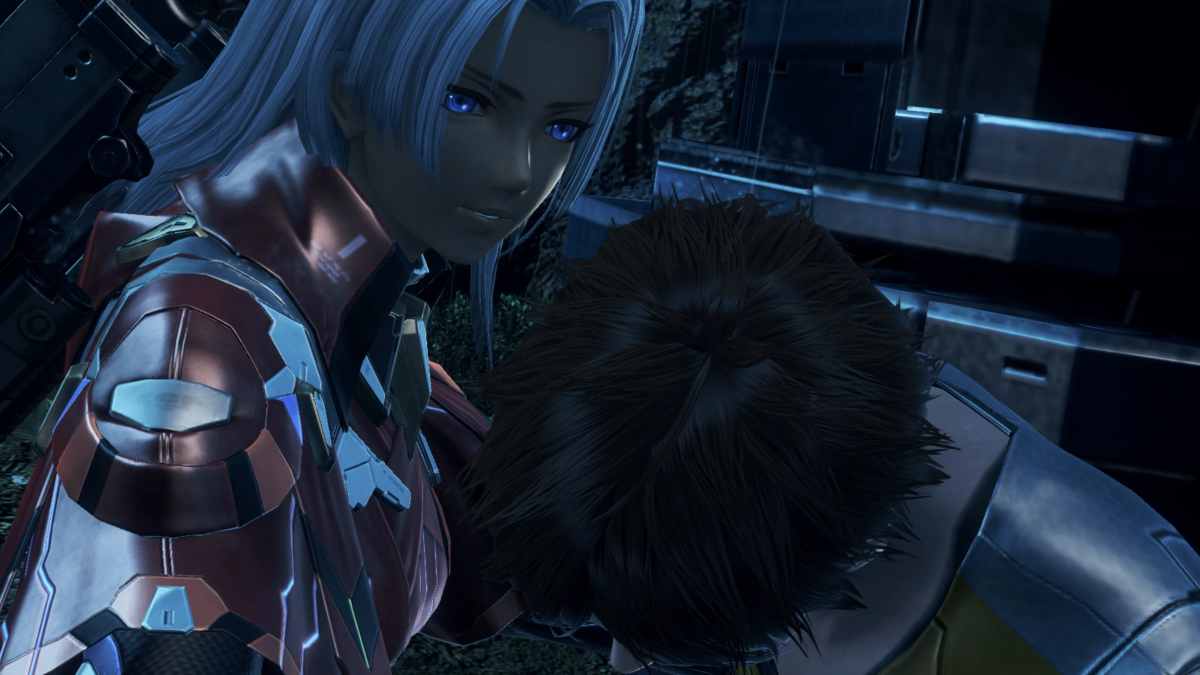
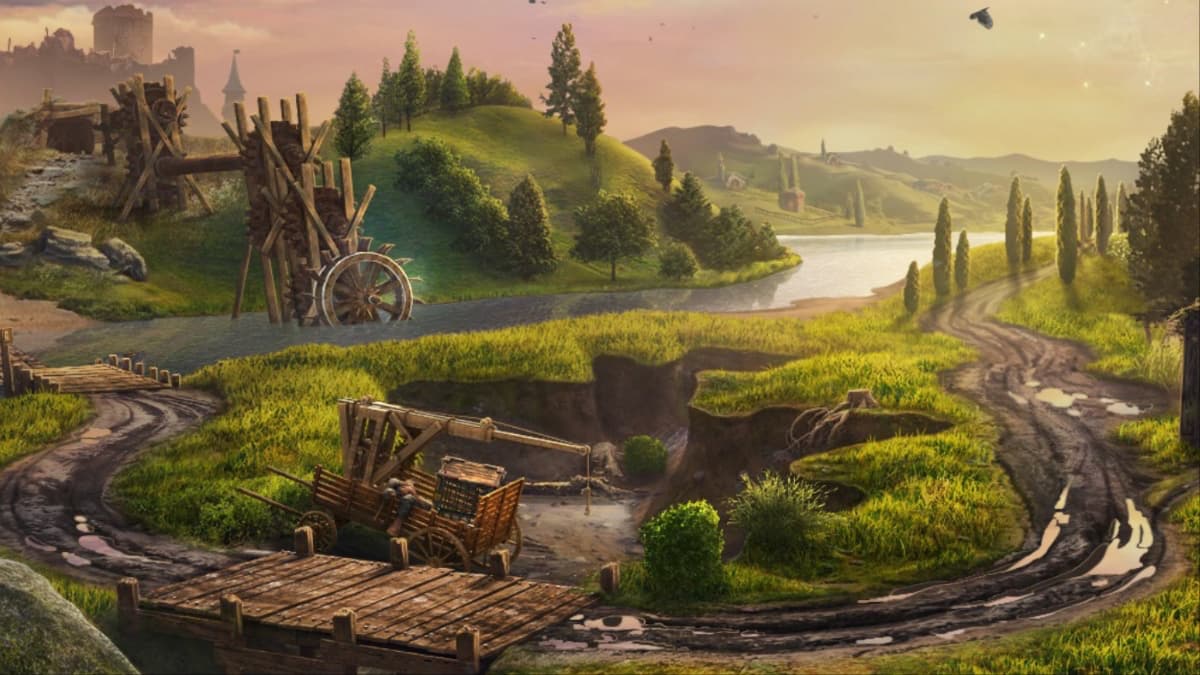
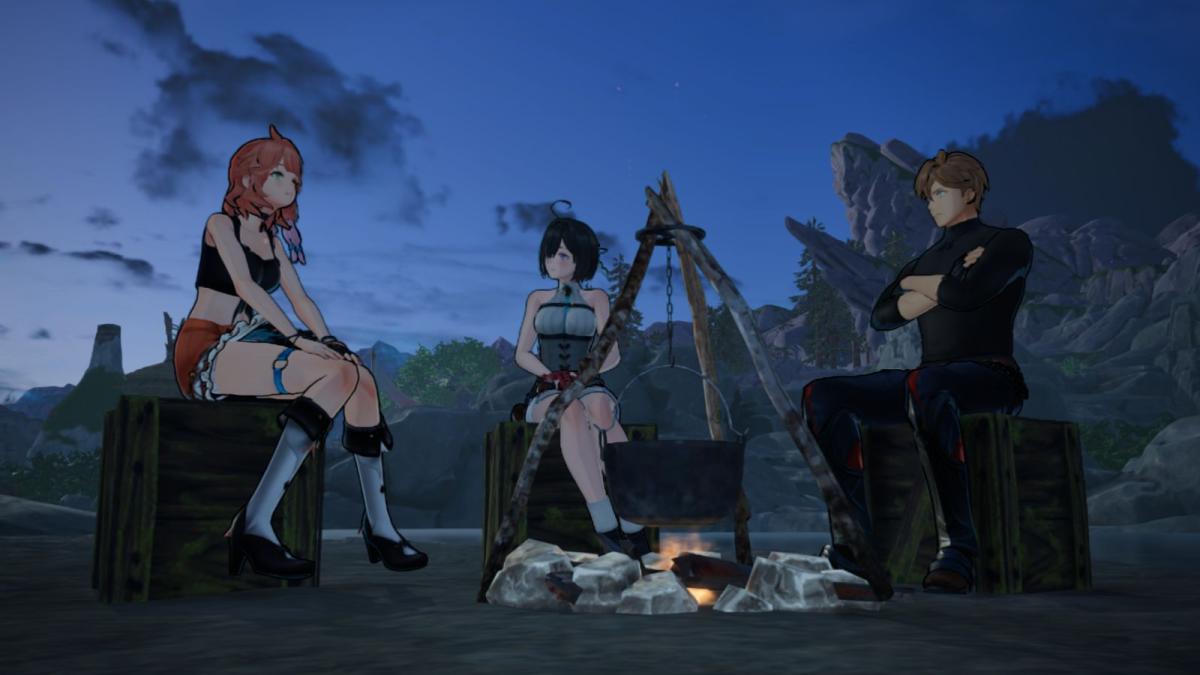
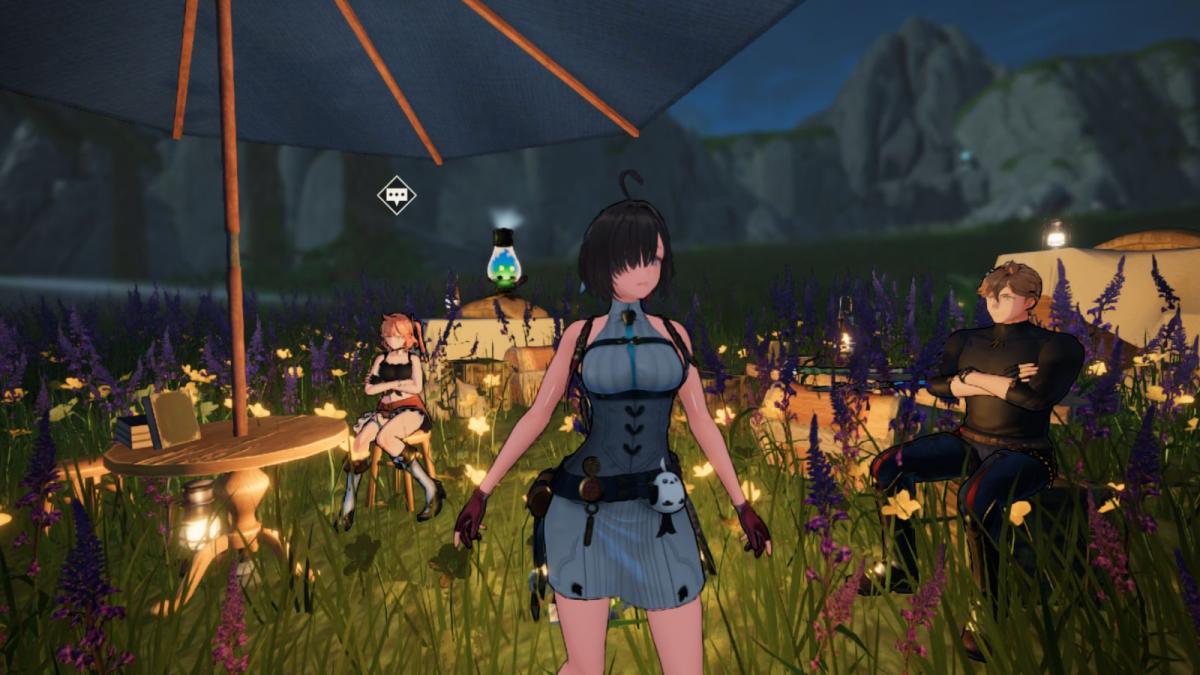
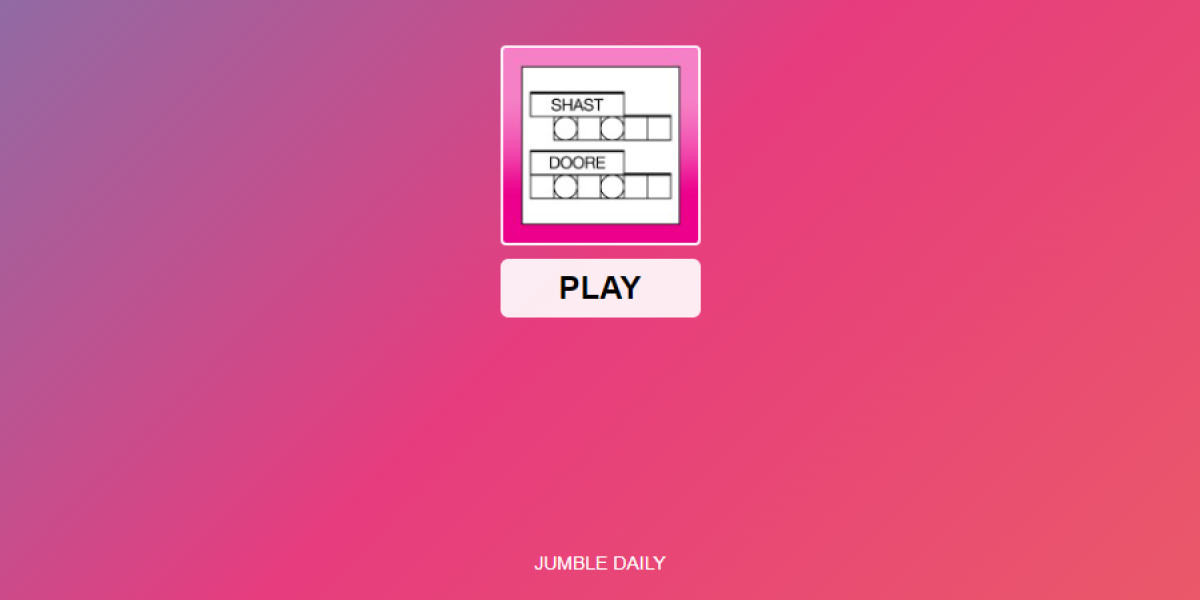
Published: Apr 11, 2014 07:24 am